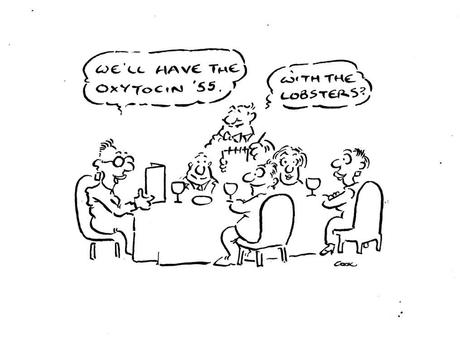

 What’s good for you can be good for others
What’s good for you can be good for others

People go better when they feel good. It’s something we all know. We can see it in ourselves and in others. It’s also the conclusion of any quality research on the subject of leadership.
But if it’s that good, why don’t we put more focus on generating that outcome?
What does the science say?
It’s much to do with oxytocin vs cortisol, drugs that naturally occur in our brain. The former is the source of feel-good emotions, the latter generates the not-so-good opposite ones. If you want your team to perform at their best, the best thing you can do is support their oxytocin quotient.

If asked about schooldays, two teachers always come to mind. With Teacher One, I remember answering a question in his first class of the year, unsure of myself but doing the best I could. He said my answer was excellent, thanked me for it, and went on to explain to the class why it was good, but also how we could build on it to make it better. We’re talking oxytocin overload here. It became my favorite class. By year end I found myself at the top of the class.

We’ve all experienced both types in management. Just as school grades are affected by teacher styles, so are business outcomes. A broad-ranging analysis by Paul Zak (HBR, Feb 17) reports leadership styles akin to Teacher One yield up to 50% higher productivity, fewer sick days, deeper engagement and lower staff turnover. The beauty of this is the gains are free. There’s no costly investment in hard assets. You just be the best leader you can be.
A simple roadmap

Democratic Delegation: don’t micromanage. Be available for questions, but when you assign a project, let them get on with it. Their way may even turn out to be better. Either way, jointly and positively examine the learnings for each of you. If it doesn’t work out, you’ll both be accountable. If it does work out, you’ll both look good. You can make it a stretch, but don’t kill motivation by setting the bar ridiculously high. Thank them for their contribution. Publicly compliment success.
Build Relationships: Positive leadership rests on mutual trust. Studies on animal responses show high oxytocin levels signal to other animals that they are safe to approach. Tests on humans show the same. Knowing you are approachable gives colleagues confidence in your decisions and your leadership. They know you are there for them.

Be Teacher One.

